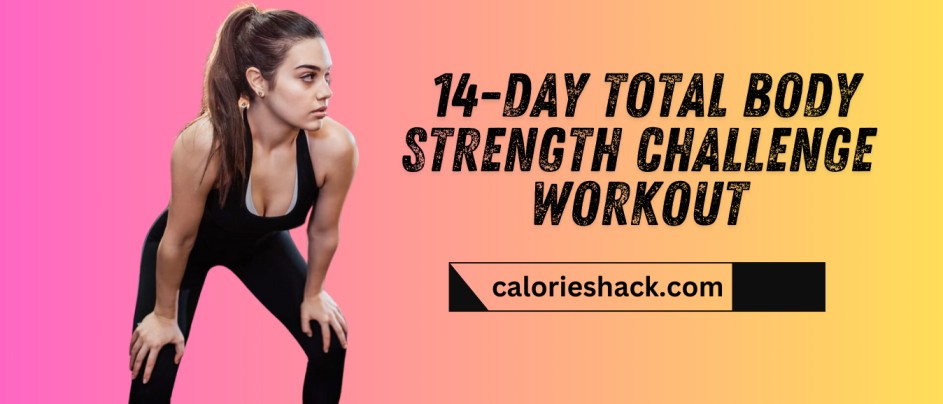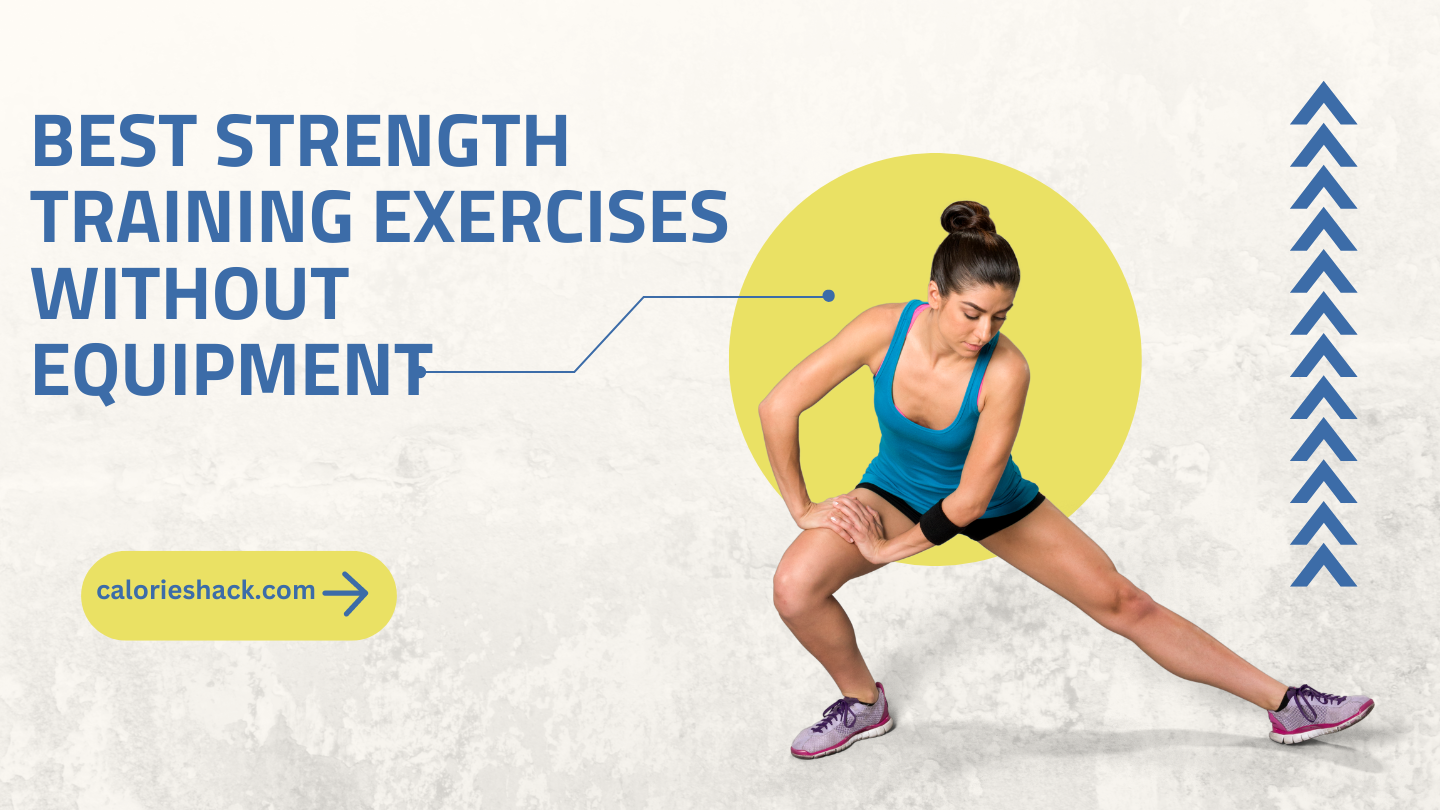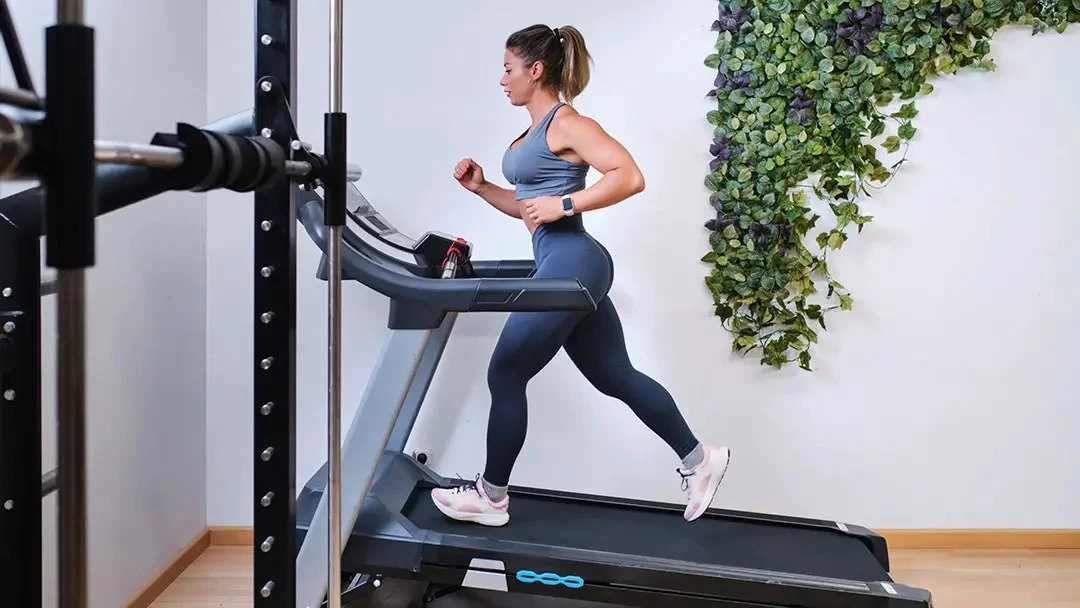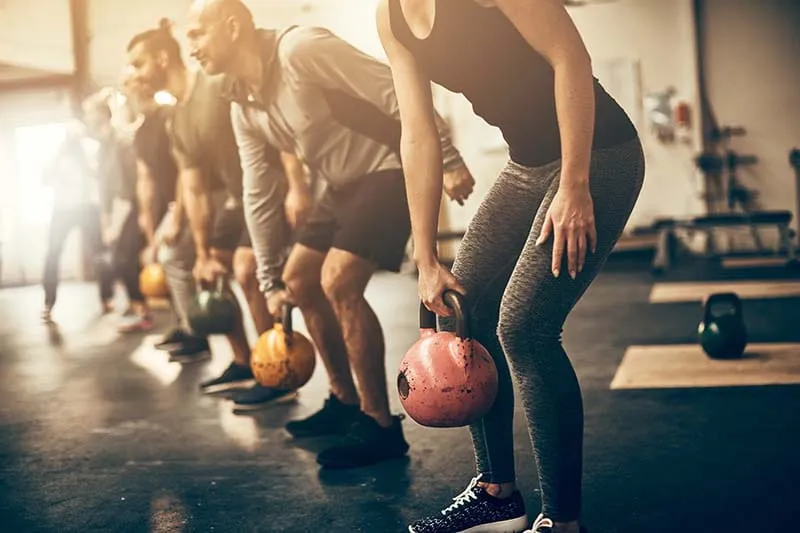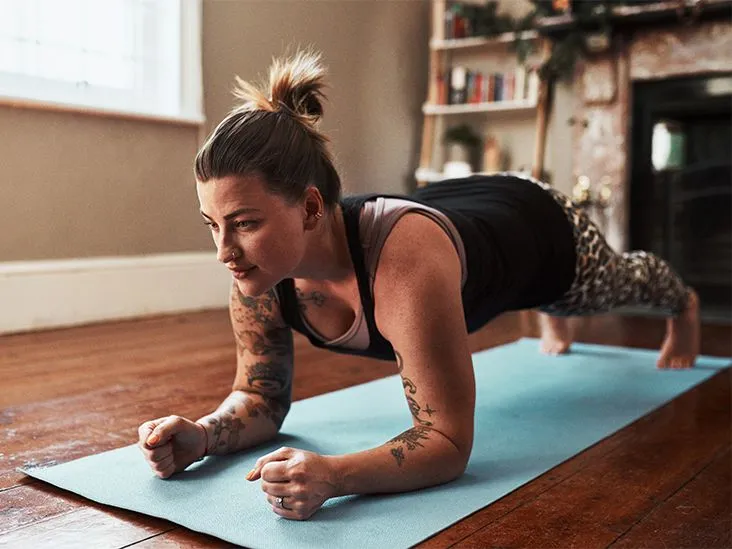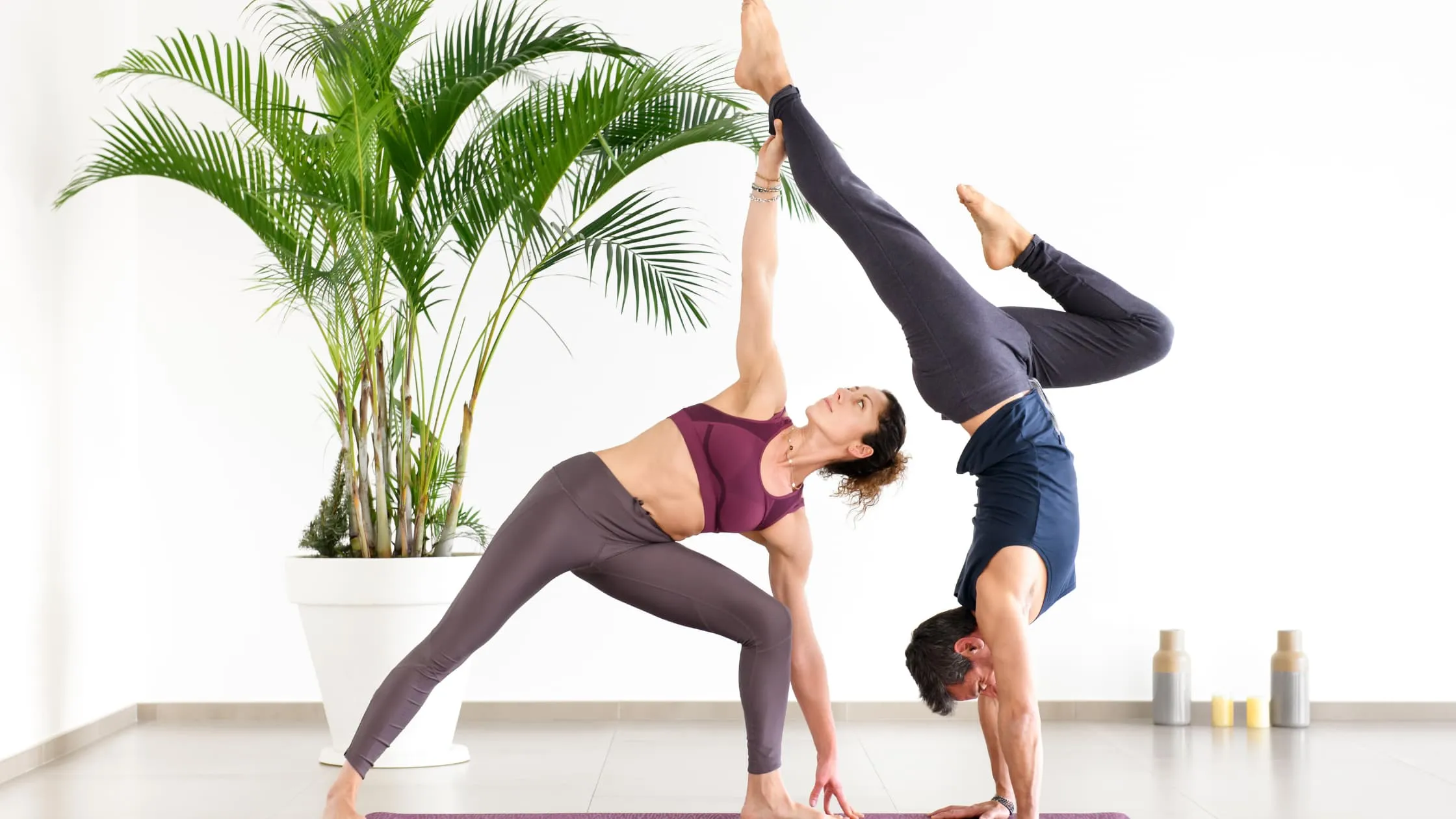On the off chance that the possibility of a HIIT exercise class loaded with runs, rearranges, and bounce squats makes you shiver (and your knees hurt prudently), skip it.
Fitness coaches say, without a doubt indeed, you can get exceptionally fit by keeping the two feet on the ground with low-influence work out. And negative, low-influence doesn't mean low-force or simple.
Subsequent to taking a stab at tiring work-out daily practice in the wake of exhausting work-out everyday practice, entertainer Jennifer Aniston, went to bring down influence strength exercises in her fifties that she says keep her fit as could be.

"I have mind boggling results, while perhaps worse than anything I've at any point finished before without the hurts and wounds," she told Well+Good already. (Aniston was explicitly discussing exercises by the wellness brand Pvolve — she is a brand diplomat for the organization — which are low-influence classes that emphasis on opposition activities to further develop strength, soundness, and equilibrium.)
What Is Low Effect Exercise?
Low-influence practice alludes to any action that doesn't put a great deal of strain or weight through the joints, says Joann Walker, DPT, an actual advisor and board-confirmed expert in sports and muscular health with the Ohio State College Wexner Clinical Center in Columbus.
To be viewed as a low-influence work out, the action should not put expanded weight on the joints, as indicated by the Clinic for Extraordinary Medical procedure.
Conversely, high-influence practices like running and bounce preparing (plyometrics) put a great deal of weight on the joints. "You're going vertical away from the beginning then you have gravity, as well as your body weight, as powers affecting your body when you land," says Heather Milton, MS, CSCS, a board-guaranteed clinical activity physiologist with NYU Langone Wellbeing's Games Execution Center in New York City.
The pressure from high-influence activities can be useful in light of the fact that it spikes your unresolved issues down more current, more grounded tissue. Be that as it may, it can likewise make harm to your muscles, joints, and connective tissues in the event that they're not sufficiently able to deal with it, Milton notes.
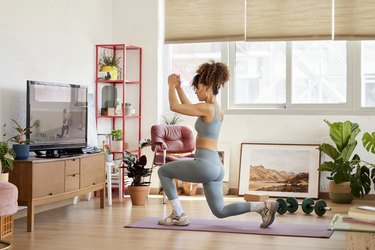
Low-influence exercises offer a large number of a similar medical advantages as high-influence ones — without overburdening the joints and connective tissues.
Strolling qualifies as a low-influence work out, however cycling, paddling, and circular preparation are likewise low-influence works out, in light of the fact that your feet never leave the pedals, Milton says.
Many types of obstruction preparing are likewise viewed as low-influence, including barre, Pilates, yoga, and weight training, Dr. Walker notes.
Swimming and water vigorous exercise are special cases for the standard — your feet may not touch the ground, but rather the water retains most of the effect, per Piedmont Medical services.
Be that as it may, in light of the fact that an activity is low-influence doesn't be guaranteed to mean it's low-force. Cycling, for instance, is low-influence however can be performed at a higher power. "You can genuinely pressure that pulse reaction with low-influence exercises," Walker says.
Since low-influence practice traverses numerous classifications — from high-impact to solidarity to portability to adaptability — you can construct a balanced, completely low-influence schedule. The key is to pick exercises that assist you with arriving at 150 minutes of moderate-power vigorous activity and two days of muscle-reinforcing each week, as illustrated in the U.S. Division of Wellbeing and Human Administrations' (HHS) Actual work Rules for Americans.
Potential Medical advantages of Low Effect Exercise
The advantages of low-influence practice are similarly basically as boundless as the exercises that contain the low-influence practice classification. We should take a look at a couple of the potential medical advantages:
More noteworthy Heart Wellbeing
Low-influence oxygen consuming exercises like strolling offer tantamount heart-medical advantages to high-affect partners like running. As a matter of fact, when scientists dissected 33,060 sprinters and 15,045 walkers (ages 18 to 80), they found comparative decreases in risk for hypertension, elevated cholesterol, diabetes, and perhaps coronary illness north of a six-year follow-up. That is, gave the strolling was moderate-power. The discoveries were distributed in May 2013 in Arteriosclerosis, Apoplexy, and Vascular Science.
Lower Chance for Diabetes
Some low-influence activities can bring down your gamble of getting type 2 diabetes.
Strolling, for instance, may diminish your diabetes risk better compared to prescriptions when matched with a sound eating routine. A Public Organizations of Wellbeing study implying 3,234 individuals in danger for type 2 diabetes found that the people who consolidated diet changes with 150 minutes of moderate-power practice — normally strolling — throughout the span of the five-year time for testing decreased their diabetes risk by 58%. In the mean time, the people who took preventively metformin, a drug that assists control with blooding glucose (sugar), brought down their gamble by 31%. A 15-year follow-up study uncovers that around 55% of the way of life bunch had created diabetes, contrasted and 56 percent of the metformin bunch, and 62 percent of the fake treatment bunch.
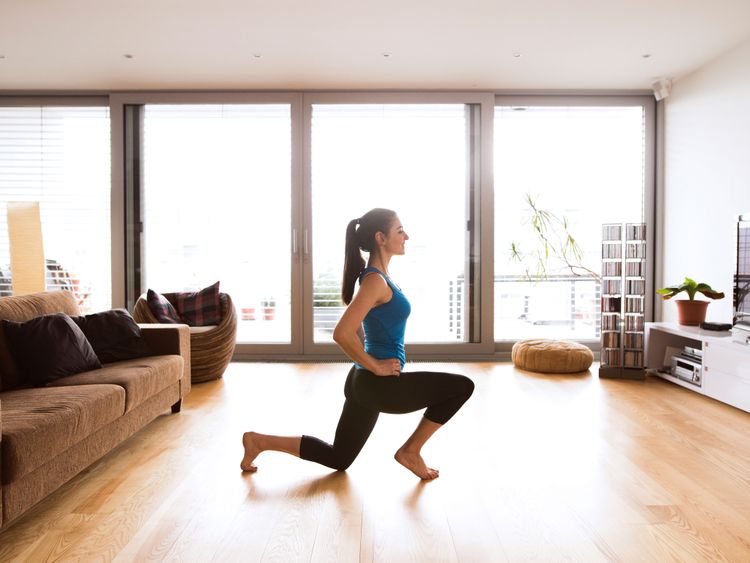
Furthermore, in individuals with type 2 diabetes, strength preparing can assume a part in overseeing glucose levels, per a meta-examination of eight investigations distributed in June 2017 in Diabetes Treatment. This might bring down your gamble of diabetes-related entanglements.
Worked on Joint Wellbeing
Low-influence exercises offer individuals with joint issues the potential chance to practice with less distress and agony. Additionally, the development related with low-influence exercise might assist with greasing up solid, pain-filled joints and convey blood and supplements, in this manner working on joint wellbeing and capability, per the Joint inflammation Establishment.
Swimming and cycling, for instance, may both assist with diminishing joint torment and firmness in individuals with osteoarthritis (a "mileage" joint illness). In one review, 48 moderately aged and more established grown-ups with osteoarthritis took part in either a 12-week swimming or cycling program (45 minutes three days of the week), with the two gatherings detailing huge upgrades in joint torment and solidness and personal satisfaction.
Nonetheless, given the concentrate's little example size, applying the discoveries to bigger populations is troublesome.
More grounded Bones
Building bone requires weight-bearing activities, and that implies explicit low-influence exercises — in particular, cycling and swimming — aren't great, Milton says. In any case, other low-influence practices are staggeringly compelling. "Strength preparing is perhaps of the most ideal option for bone thickness," Milton says.
In one review including 101 postmenopausal ladies with low bone mass, the people who took part in a focused energy strength preparing program for 30 minutes two times per week for quite some time saw huge enhancements in bone thickness.
More noteworthy Cerebrum Wellbeing
Low-influence practices like strolling can keep up with and support mind wellbeing, which might assist with forestalling dementia, or the deficiency of thought, memory, and thinking. In a review distributed in 2022 in JAMA Nervous system science, specialists dissected wellbeing and action data accumulated from in excess of 78,000 sound UK grown-ups north of a seven-year time frame. They found that the people who strolled around 9,800 stages each day (around five miles) were 51% less inclined to foster dementia than the individuals who strolled less than 3,800 stages each day.


